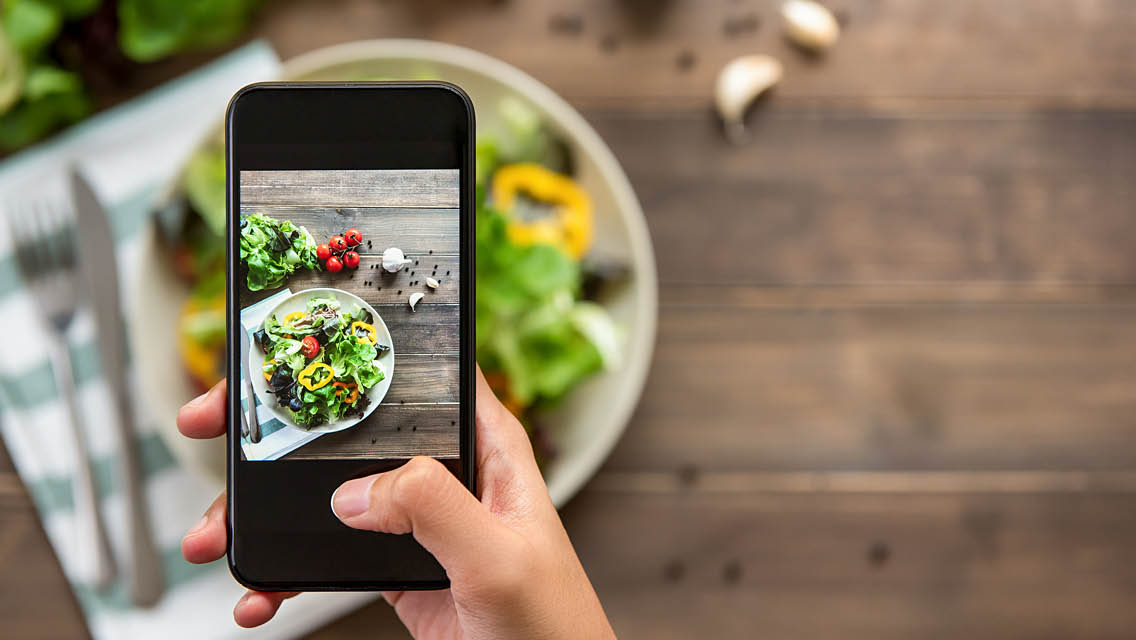Instagram is buff with fitness advice. But several new studies warn that much of it is misleading or even dangerous, particularly to mental health.
Search #fitspiration, or its abbreviation, #fitspo, on the social media platform, and you’ll find some 90 million posts. The number of “fitfluencers” is tougher to gauge, although estimates range to more than 50,000. And some megainfluencers have upward of 12 million followers.
Critics argue, however, that too often “fitspiration” is just “thinspiration” — and that it can do more harm than good.
Effects of Thinspiration
A study published in 2023 in BMC Public Health found that 59 of the 100 most popular Instagram fitfluencers offered unsound fitness advice or “contained sexualization, objectification, or promotion of unhealthy or unrealistic body shapes.” These posts could damage people’s physical and mental health by promoting exercise as a tool to become skinnier, the authors noted.
“The majority of fitspiration posts consist of images of thin and athletic women promoting exercise, fitness, and healthy lifestyles,” the authors reported. “On face value, this type of inspiration should increase exercise behavior and help to improve well-being. However, a relatively small but growing body of evidence has … established that, while exposure to fitspiration images inspires fitness, it also results in greater body dissatisfaction and negative mood and lower perceived sexual attractiveness.”
It’s common for these posts to feature outfits, lighting, camera angles, and poses that create a slimming silhouette. And with the rise of body-altering photo apps, the proliferation of filtered and doctored images has furthered the trend toward body dissatisfaction while giving the platform the nickname Thinstagram.
A systematic review of 43 studies, published in Adolescent Research Review in 2022, concluded that “viewing images on
depicting unattainable beauty ideals leads young people to feel dissatisfied about their bodies, with appearance-comparison processing playing an important role.”After showing fitspo images to 269 women aged 18 to 30, researchers conducting a study published in the journal Body Image in 2022 concluded that “viewing fitspiration and clean-eating content on Instagram is negatively associated with thin-ideal internalization and disordered eating symptomatology.”
The Most Susceptible Audience
Fitspo may adversely affect people of all ages, but research finds that youth — especially adolescent girls — may be most susceptible. In 2021, U.S. Surgeon General Vivek H. Murthy, MD, MBA, issued a special report outlining “alarming increases in the prevalence of certain mental health challenges” among youth. He cited multiple factors, including developing brains, family relationships, and neighborhood conditions, as well as messages from media and popular culture.
In 2023, Murthy issued another public advisory, warning that social media can have “a profound risk of harm to the mental health and well-being of children and adolescents.”
Buttressing Murthy’s reports, the American Psychological Association (APA) in 2023 issued a report, Health Advisory on Social Media Use in Adolescence, warning in particular that “adolescents should limit use of social media for social comparison, particularly around beauty- or appearance-related content.”
“Research suggests that using social media for social comparisons related to physical appearance, as well as excessive attention to and behaviors related to one’s own photos and feedback on those photos, are related to poorer body image, disordered eating, and depressive symptoms, particularly among girls,” the APA authors noted.
For practical guidance to help recognize what’s harmful and what’s helpful in Instagram fitness advice, see “The Dos and Don’ts of Following ‘Fitfluencers.’”





This Post Has 0 Comments